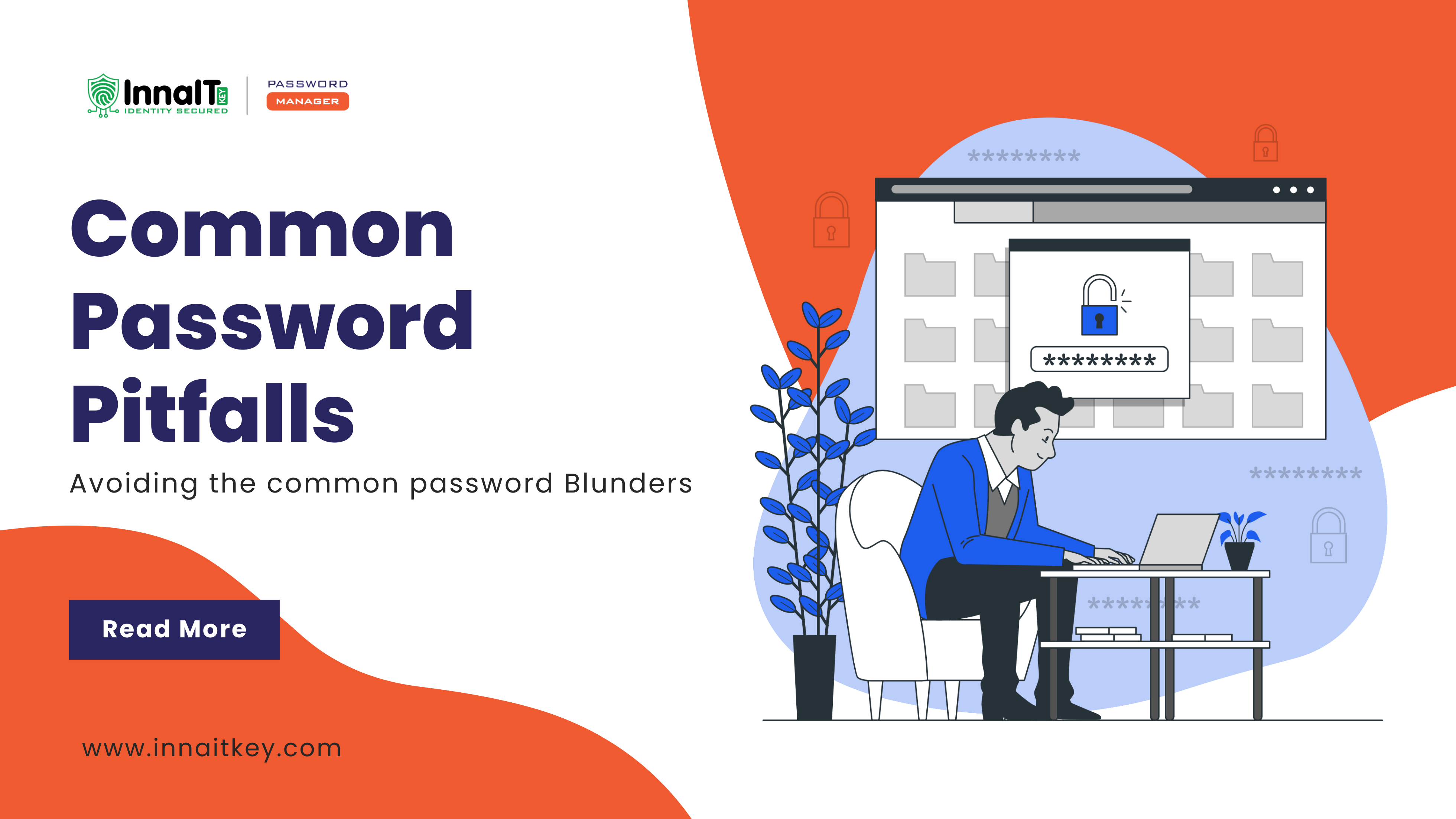
In the digital age, passwords are the first line of defence against unauthorized access to our personal and sensitive information. Unfortunately, many individuals inadvertently compromise their own security by making common password mistakes. In this blog, we’ll explore these pitfalls and provide insights on how to fortify your digital fortress.
Weak Passwords:
Perhaps the most prevalent mistake is choosing weak passwords. This includes easily guessable combinations like “password123” or “qwerty.” Using common words, birthdays, or easily accessible information significantly reduces the strength of your password, making it susceptible to brute-force attacks.
Solution: Create complex passwords with a mix of uppercase and lowercase letters, numbers, and special characters. Consider using a passphrase – a combination of unrelated words that are easy for you to remember but difficult for others to guess.
Password Reuse:
Reusing passwords across multiple accounts is a widespread and risky practice. If one account is compromised, it exposes all linked accounts to potential breaches. Cybercriminals often target individuals who use the same passwords for various online services.
Solution: Adopt a unique password for each account. Consider using a password manager to help you generate and securely store complex passwords for different platforms.
Neglecting Two-Factor Authentication (2FA):
Many individuals overlook the importance of enabling two-factor authentication. Even with a strong password, having an extra layer of security adds an additional barrier for unauthorized access. Neglecting 2FA leaves your accounts more vulnerable to compromise.
Solution: Whenever possible, enable two-factor authentication on your accounts. This typically involves receiving a code on your phone or using a biometric method, adding an extra layer of protection.
Ignoring Software Updates:
Failing to update your password regularly is a mistake that exposes you to potential security risks. If you use the same password for an extended period, the likelihood of it being compromised increases over time.
Solution: Change your passwords periodically, at least every three to six months. This practice reduces the risk of unauthorized access and ensures that even if a password is leaked, it becomes obsolete sooner rather than later.
Storing Passwords Insecurely:
Some individuals jot down passwords on sticky notes, save them in unsecured documents, or use easily accessible digital files. Storing passwords in an insecure manner undermines their purpose and opens the door to unauthorized access.
Solution: Use a reputable password manager to securely store and manage your passwords. Password managers provide a convenient and encrypted way to organize and access your credentials.
Conclusion:
By understanding and rectifying these common password mistakes, individuals can significantly enhance their digital security. Taking proactive measures, such as creating strong and unique passwords, enabling two-factor authentication, and regularly updating credentials, will fortify your defence’s against the ever-present threats in the online world. Remember, the key to a secure digital presence begins with the strength of your passwords.